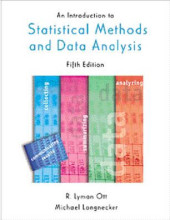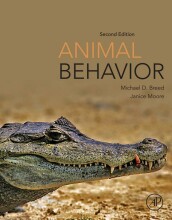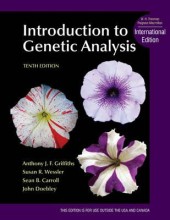Independent assortment of genes
14 important questions on Independent assortment of genes
A statistical test used to determine the probability of obtaining observed proportions by chance, under a specific hypothesis
The small genomic component found in the chloroplasts of plants, concerned with photosynthesis and other functions taking place within that organelle.
Segregation in which genetically different daughter cells arise from a progenitor that is a cytohet.
- Higher grades + faster learning
- Never study anything twice
- 100% sure, 100% understanding
A double heterozygote such as A/a . B/b.
A situation in which an F1 is larger or healthier than its two different pure parental lines.
Unlinked or distantly linked segregating gene pairs assort independently at meiosis.
A type of uniparental inheritance in which all progeny have the genotype and phenotype of the parent acting as the female.
The subset of the genome found in the mitochondrion, specializing in providing some of the organelle’s functions.
A gene whose alleles are capable of interacting additively with alleles at other loci to affect a phenotype (trait) showing continuous distribution.
The probability of two independent events occurring simultaneously is the product of the individual probabilities.
A gene contributing to the phenotypic variation in a trait that shows complex inheritance, such as height and weight.
Refers to an individual organism or cell having a genotype produced by recombination.
(1) In general, any process in a diploid or partly diploid cell that generates new gene or chromosomal combinations not previously found in that cell or in its progenitors. (2) At meiosis, the process that generates a haploid product of meiosis whose genotype is different from either of the two haploid genotypes that constituted the meiotic diploid.
Inheritance pattern in which the progeny have the genotype and phenotype of one parent only, for example, inheritance of mitochrondrial genomes.
The question on the page originate from the summary of the following study material:
- A unique study and practice tool
- Never study anything twice again
- Get the grades you hope for
- 100% sure, 100% understanding
































